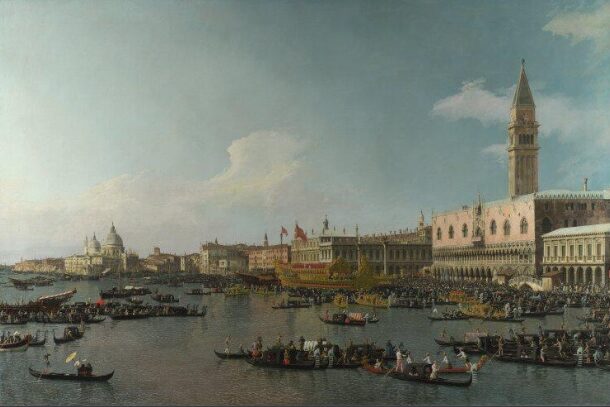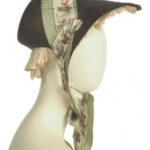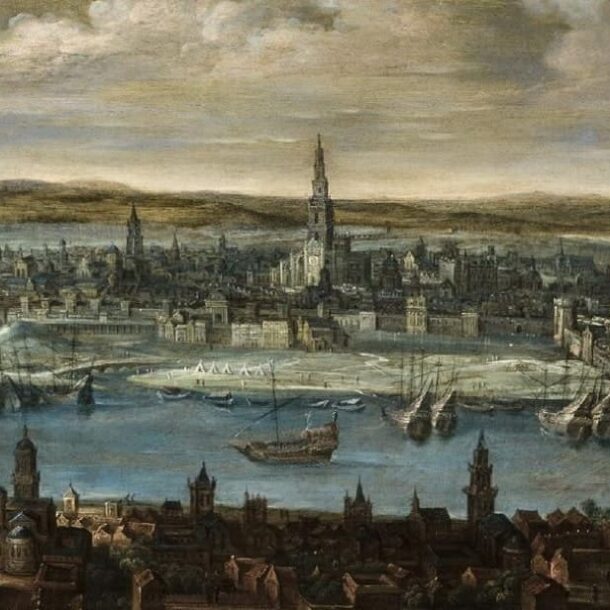
From the 18th century onwards, headgear became a trade distinct from textile manufacturing, as the Enlightenment fashion imposed the use of wigs, making the head a visible element in the new aesthetic canon. The bonnets, unlike hats, are a headdress that envelops the head and is fastened with ribbons under the chin. The piece shown here, intended for morning strolls, has a straw structure with a round top and falls towards the nape of the neck. The brim covers the hair and part of the cheeks, enhancing the oval shape of the face. This type of straw bonnet became fashionable in the first decades of the 19th century, when the French Revolution imposed a change of style, banishing the rococo models. These bonnets, on the other hand, simplified the aesthetics and were inspired by rural clothing. The use of the bonnets was, contrary to the rural fashion of protecting from the sun, to prevent the sun’s rays from hitting the face, leaving a whitish skin, as dark skin was considered to be a sign of manual work in the open air
Collection: Images
Project: 11. Science and culture as representation in Europe., 4. Family, daily life and social inequality in Europe.
Chronology: XIX
Scope: Secondary Education, Baccalaureate, University
Link: https://museosenfemenino.es/museo_traje/cuerpos-modelables/capota
Resource type: Image
Source: Museo del Traje (Madrid)
Language: Spanish
Date: 1840
Owner: Álvaro Romero González (Modernalia)
Identifier: NS/NC
Copyright: Museo del Traje (Madrid)
Abstract: Piece of women's clothing whose function was to cover the wearer from the sun
Image
Tags






